After years of spearfishing our way around the world, we decided to buy a sailing catamaran. We wanted to take our home along for the ride. Ten years later, we moved aboard Popao, a 37ft (11.3m) Peter Snell catamaran, and since then we’ve spent a small fortune — and a lot of elbow grease — turning this into our dreamboat.
Our goal was to get off the grid for extended periods, comfortably and safely. Right now, we’re making our way up the east coast of Australia, exploring the outer Great Barrier Reef. We’re on our own out here, so being self-sufficient is critical — and a no-brainer. We were planning on heading to Indonesia, but 2020 hasn’t worked out for us — like it hasn’t really worked out for the rest of the planet — so for now, we’ll be exploring our own backyard. Eventually, we plan on cruising the South Pacific, the Solomons and Indonesia. This is our essential list for off-grid living.
SOLAR AND WIND POWER
Harnessing the elements is critical to getting off the grid. We run 660w/440 amp hours of flooded lead-acid batteries. We need plenty of fridge/ freezer space for storing fish and food, and also power for editing and charging our cameras. We use solar for most of our needs, with a wind generator as a backup when it’s overcast. Our other backup is a Honda 2.2KVA generator, and our last resort, the engines. Having redundancy is one of the most important things when traveling to isolated places. How power-hungry your setup is will determine how much juice you need.
FRESH WATER
Being able to turn saltwater into fresh is a game changer. Without a desalinator, you’ll be forced back to port. We carry full jerry cans as a backup in case our water supply or water maker become compromised. Currently, we run the 240-volt desalinator for two hours every week, which supplies us with 160L — enough water for two people on board when in water-saving mode.
FOOD SUPPLIES
We live off the ocean as much as possible, so our main stores are items that will supplement a delicious seafood meal. When we leave port, our fridge and freezers are usually stocked with fresh fruit, vegetables and salad. Ninety per cent of our meals consist of seafood and veg, allowing us to carry less and stay longer. As we consume our stores, we fill the freezer with fish fillets that last us through our port stays, where we may not be able to go spearfishing or crabbing as easily. Provisioning for long trips can be tricky. You need to figure out how many mouths you have to feed, multiply that by three meals per day and how long you expect to stay out.
It adds up quickly — especially when you include snacks, chocolate and beer! So we do our best to keep our meals simple when we’re at sea. Food storage is an art in itself. Learning how to stow things properly will allow you to stay out longer. Buy brushed potatoes that last months instead of white potatoes that just last a week or two. Wrap iceberg lettuce in foil and it will last two months instead of a week. Google is your best friend for learning the best way to store stuff. But our passion for seafood is definitely our greatest advantage. Over the years, we’ve worked at perfecting as many methods as possible to catch specific species — squid, crabs, crays, pelagic and reef fish. This variety keeps us busy — and our primarily seafood diet exciting.
GOING OFFLINE
Something to always check before heading out on a big trip is phone coverage. Besides the obvious — like telling someone where you’re going and when you’ll be back — you also need to preload Google and Apple Maps (to navigate bombies in shallow reefs), check your weather (we screen-record BoM MetEye and Windy.com forecast animations) and ensure all your charts are up to date. A sat phone is also a good investment for getting yourself out of a potential pickle.

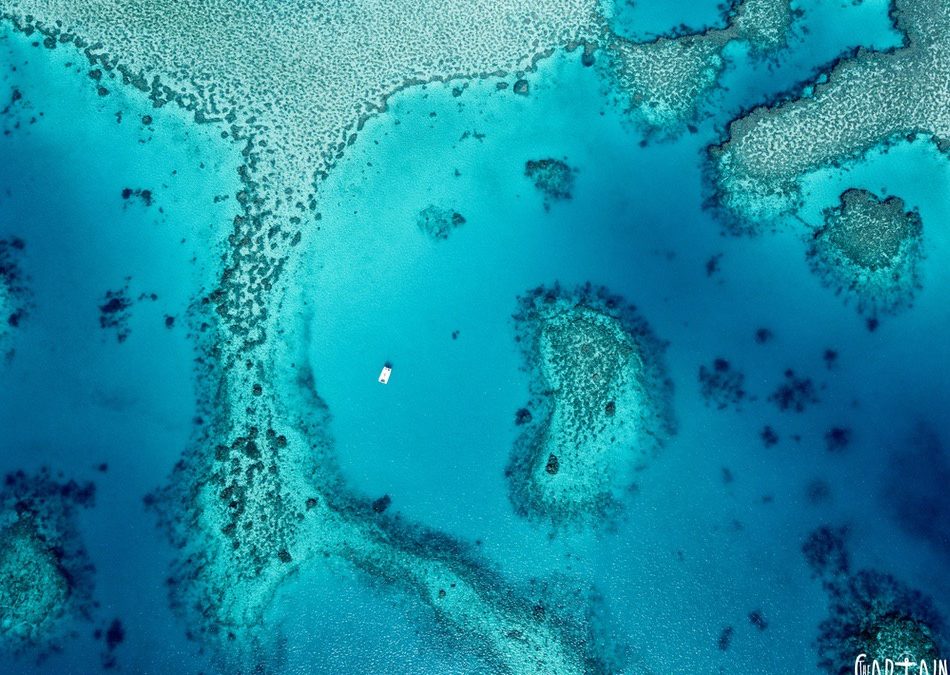
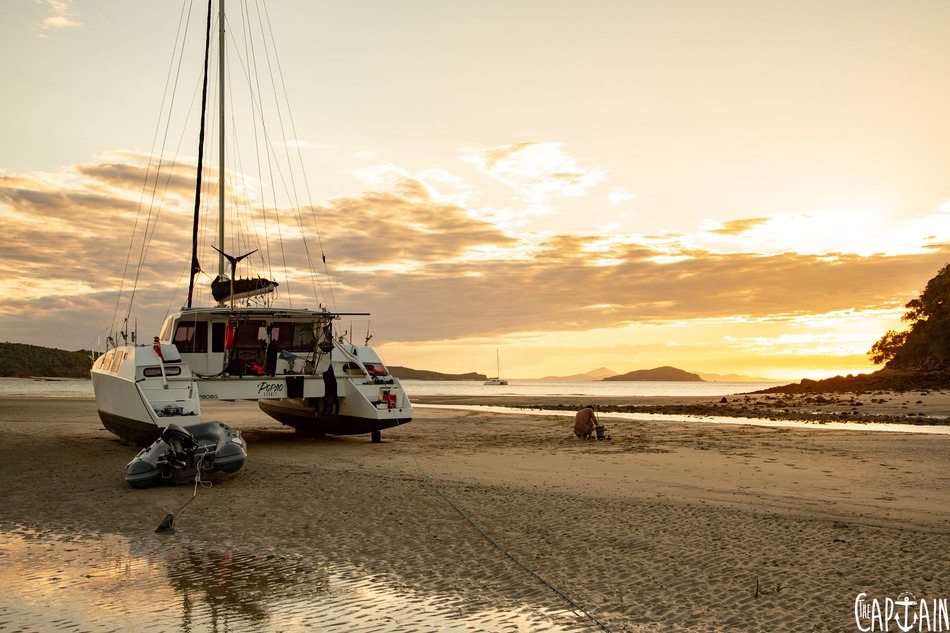

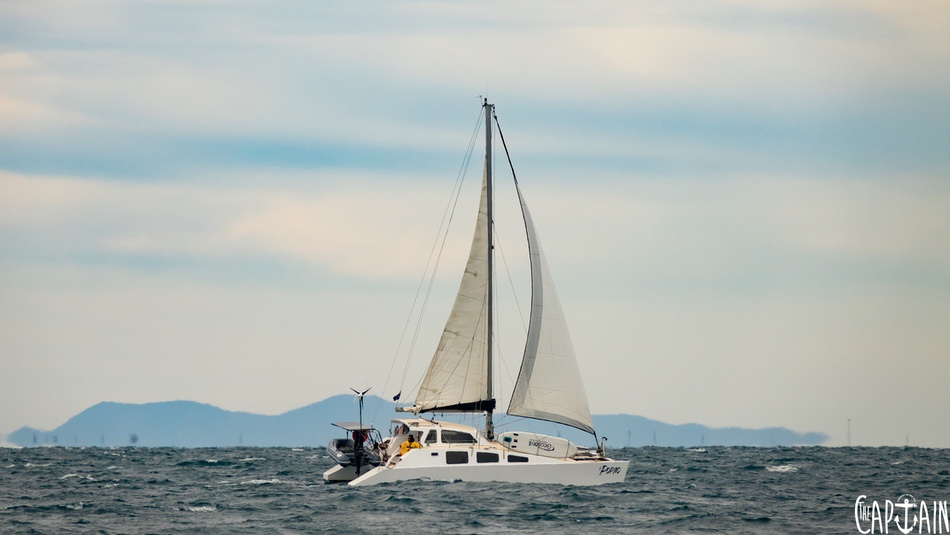
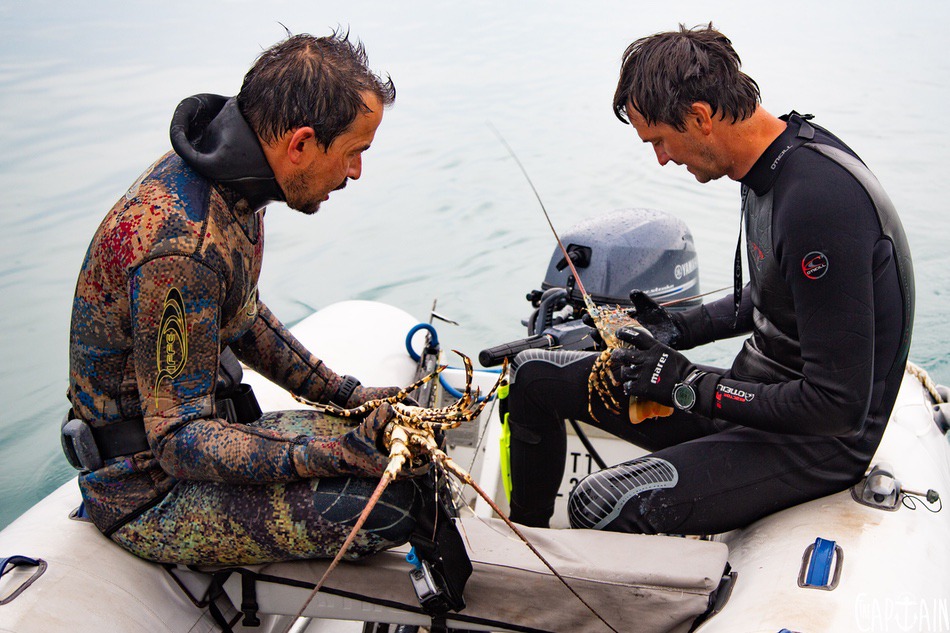
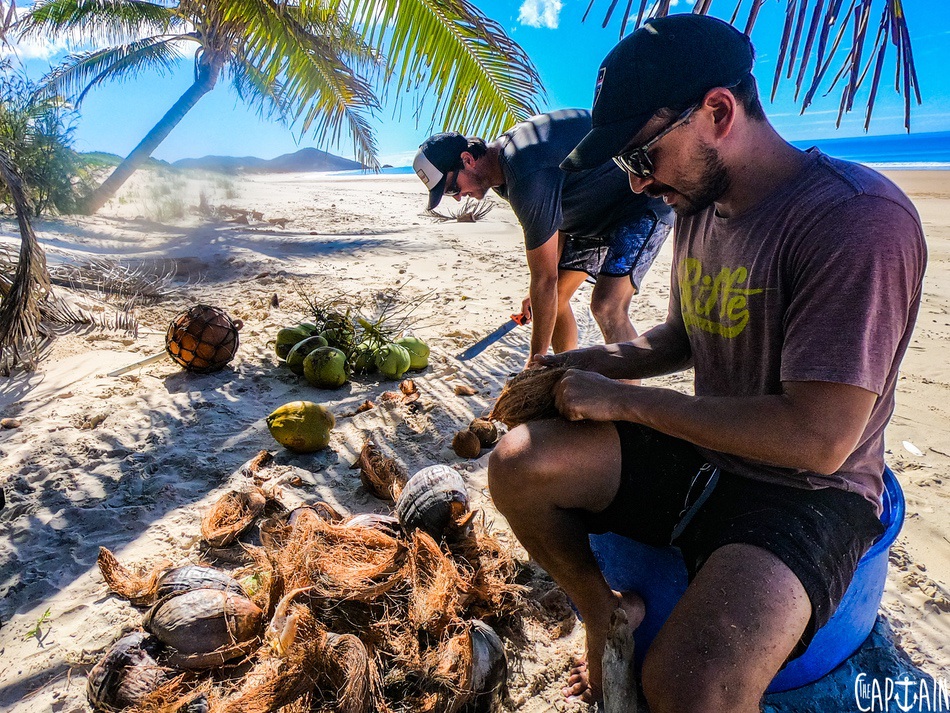

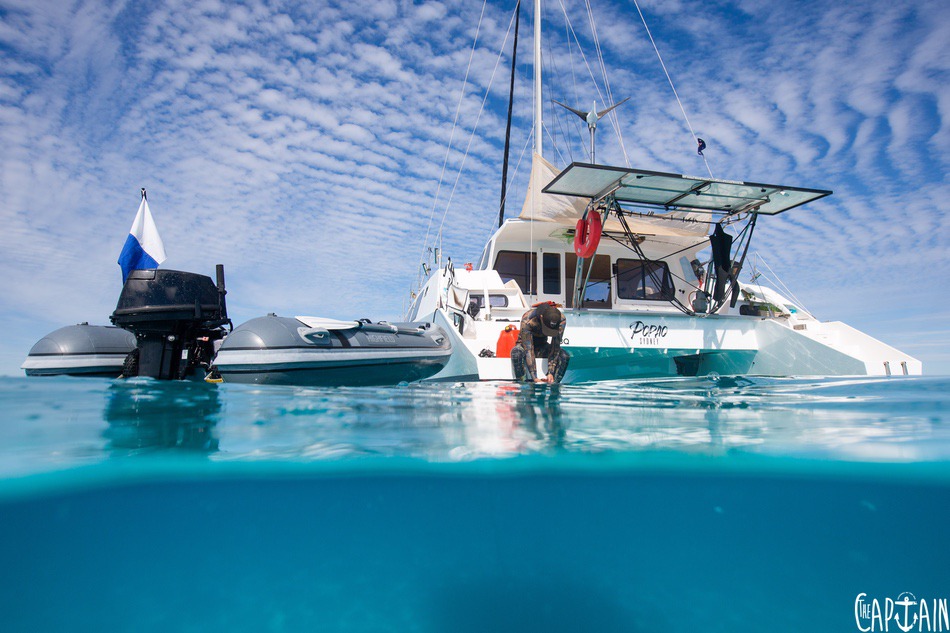
Recent Comments